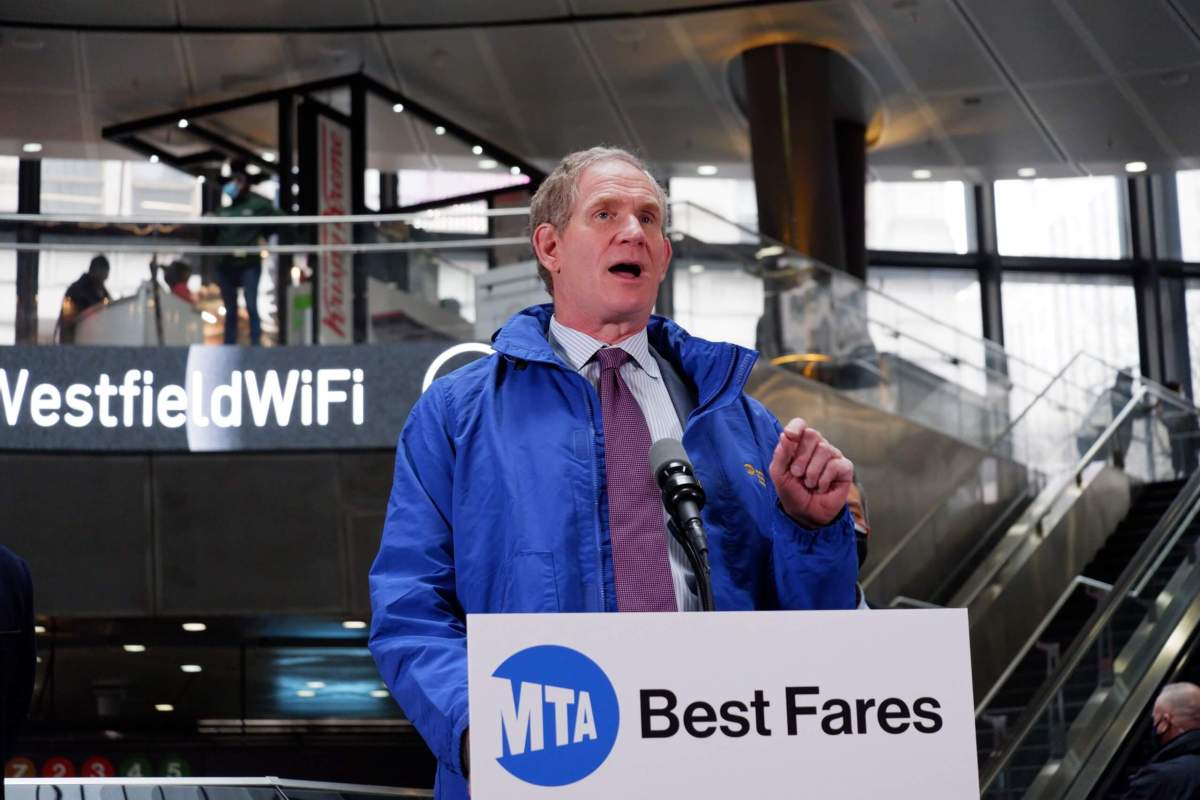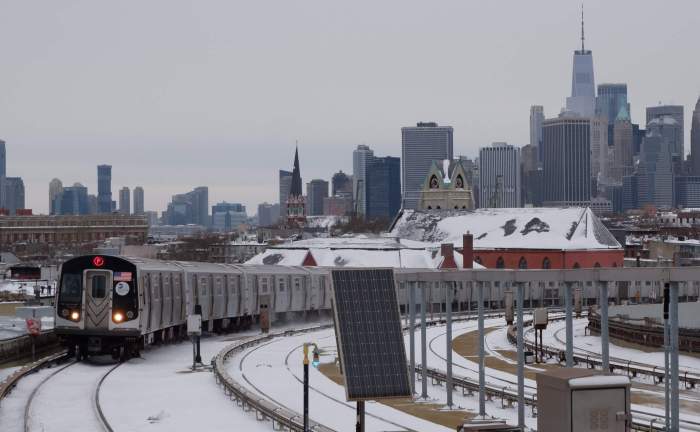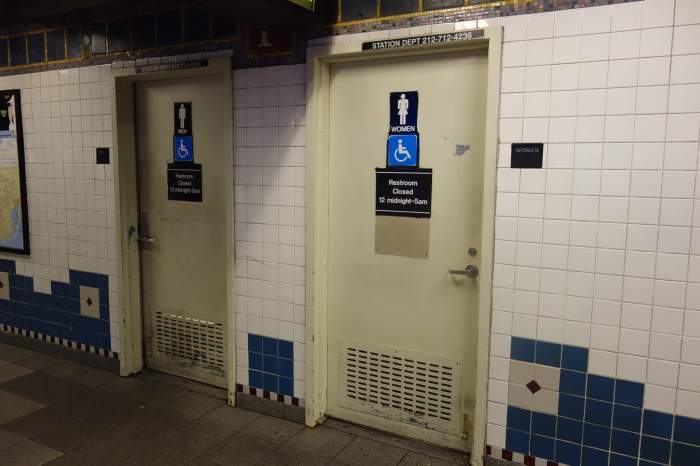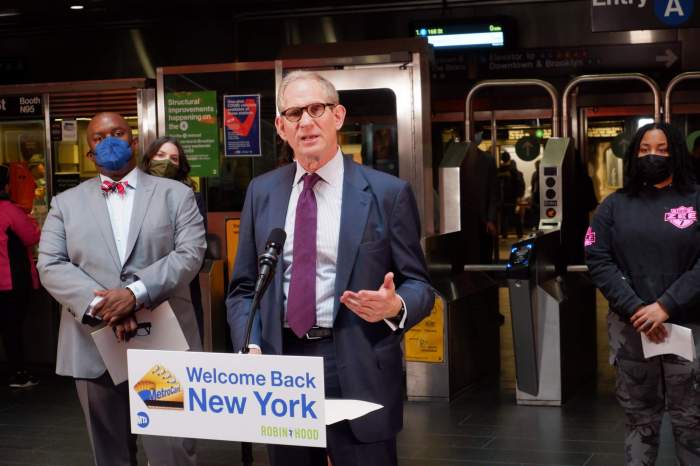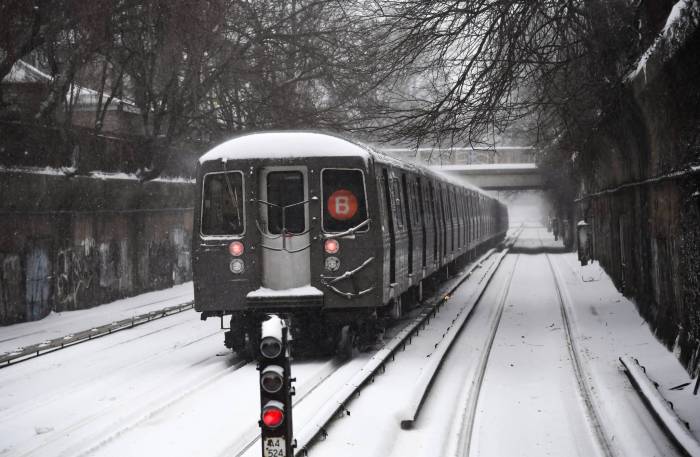The MTA will roll out more discounts and promotions for mass transit riders using OMNY to pay their fares, following the success of the agency’s “Lucky 13” fare cap, said chairperson and CEO Janno Lieber Wednesday.
“OMNY is interesting because we put it into effect before we really finished the whole software, so there are some additional discounts and benefits, functionalities that are coming into being as we finish this and start to make the transition,” Lieber said at a breakfast event hosted by Crains on May 11.
Fare capping allows subway and bus commuters using the tap payment to unlock free rides within a weekly period after they take 12 trips, which cover the same $33 cost as a seven-day MetroCard pass but with the benefit of not having to pay upfront.
The so-called “Lucky 13” program launched at the end of February and during its first full month some 168,000 people benefited from it and saved around $1.5 million, giving it a good shot at becoming permanent, Lieber previously said.
The pilot is set to last at least four months through the end of June.
The MTA plans to phase out the MetroCard sometime in 2024.
More promotions and discounts will be coming later this year, according to @MTA chief Janno Lieber. Lieber says the ‘Lucky 13’ program is off to a good start and has helped encourage riders back to the system. pic.twitter.com/1xf80t8eI8
— Crain's New York (@CrainsNewYork) May 11, 2022
The Authority also introduced fare deals on its Long Island Rail Road and Metro-North to lure more people back to the transit system, which still carries far fewer riders than before the COVID-19 pandemic.
More than 3.5 million New Yorkers rode the subways last Thursday, the highest number since the pandemic began, but which was just under 60% of pre-pandemic figures.
Ridership rates on weekdays averaged 56.2% for the first week in May compared to 2019 numbers, and were higher at 63.6% across the two most recent weekends that the MTA published daily counts for.
While the fare cap in New York City is still a fare caps have been commonplace in other mass transit systems around the country and abroad for years.
In the U.K., Transport for London has daily and weekly caps, while out west in Portland, Oregon, the TriMet transit system offers daily and monthly caps.
New York should also implement a cap but for monthly periods, according to transit boosters.
A monthly cap in the Big Apple could benefit more low-income New Yorkers who may not be able to afford shelling out $127 upfront for a monthly MetroCard, according to advocacy group TransitCenter.
“We have been really encouraged by comments form chairman Lieber about how the agency wants to incorporate equity into its fare policy,” said the organization’s spokesperson Haley Richardson. “To really follow through on that commitment we need to see discounts to riders who need it the most.”
Nearly 200,000 subway commuters that used the $33 weekly passes (about 4.4% of total ridership) made enough trips to trigger a 30-day fare cap, according to a TransitCenter analysis of fall trip data published Tuesday.
That rate inches up to 7% across low-income neighborhoods and to 6% in areas that are predominantly people of color.
One in six riders (16.3%) using a weekly pass in North Corona, Queens, would benefit from a monthly cap, and one-in-ten (10.4%) would in Jackson Heights, Queens.
While the upfront cost of monthly MetroCard is steep for some riders, the longer the pass, the greater is the discount over time.
Someone who rides the subway twice a day and buys one 30-day pass every month for a year saves $192 compared to someone buying 52 weekly passes and $456 compared to buying single rides.
Riders could save more than $2.5 million each month in fares with a monthly fare cap, TransitCenter estimates.



